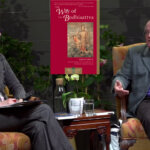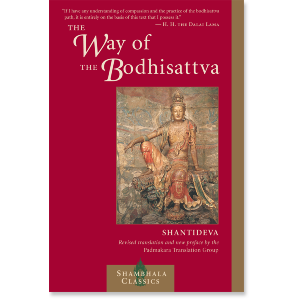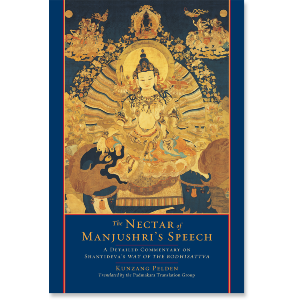This talk with Wulstan Fletcher of the Padmakara Translation Group, facilitated by CU Professor Holly Gayley, will be of great interest not just for translators—for whom it will be invaluable—fbut for any practitioners or scholars interested in the transmission of Buddhism in the west.
The talk focuses on the translation of the text itself and how a master translator approaches such a daunting and challenging masterpiece. With a rich background of language expertise, deep knowledge of both Buddhist traditions and Western religions, and, most importantly, extensive involvement in Buddhist practice, Wulstan weaves his own experiences as a translator in with his interaction with the Bodhicharyavatara, specifically. He and Holly also discuss issues related to translating classical Sanskrit texts into Tibetan by detailing the challenges of style, word choice, and considerations of audience—all while referencing different translations (Wallace, Crosby/Skilton, Batchelor, Eliot) to demonstrate how certain choices were made. Wulstan shares how the Padmakara Translation Group used Khenpo Kunpel’s commentary to inform their translation and discusses the complexities of presenting the text in English in a way that elevates the text rather than diminishes it.
"You need a certain ceremony in the language. There needs to be a certain musicality. You have to use words that are not just vulgar, the conversation of everyday, that which you might find in the ordinary press. There has to be a certain poetics. Precisely that thing that moves people.
I always kept in mind was something I had read in the work of a Catholic saint, Saint Francis of Sales, who said,'you can catch far more flies with a teaspoon of honey than a barrel full of vinegar.'
So it's worthwhile taking a great deal of trouble in the target language. Actually that's the most important thing."
-- Wulstan Fletcher
Below is the video that you can watch full screen, or you can download the audio for this talk (right click and save).



